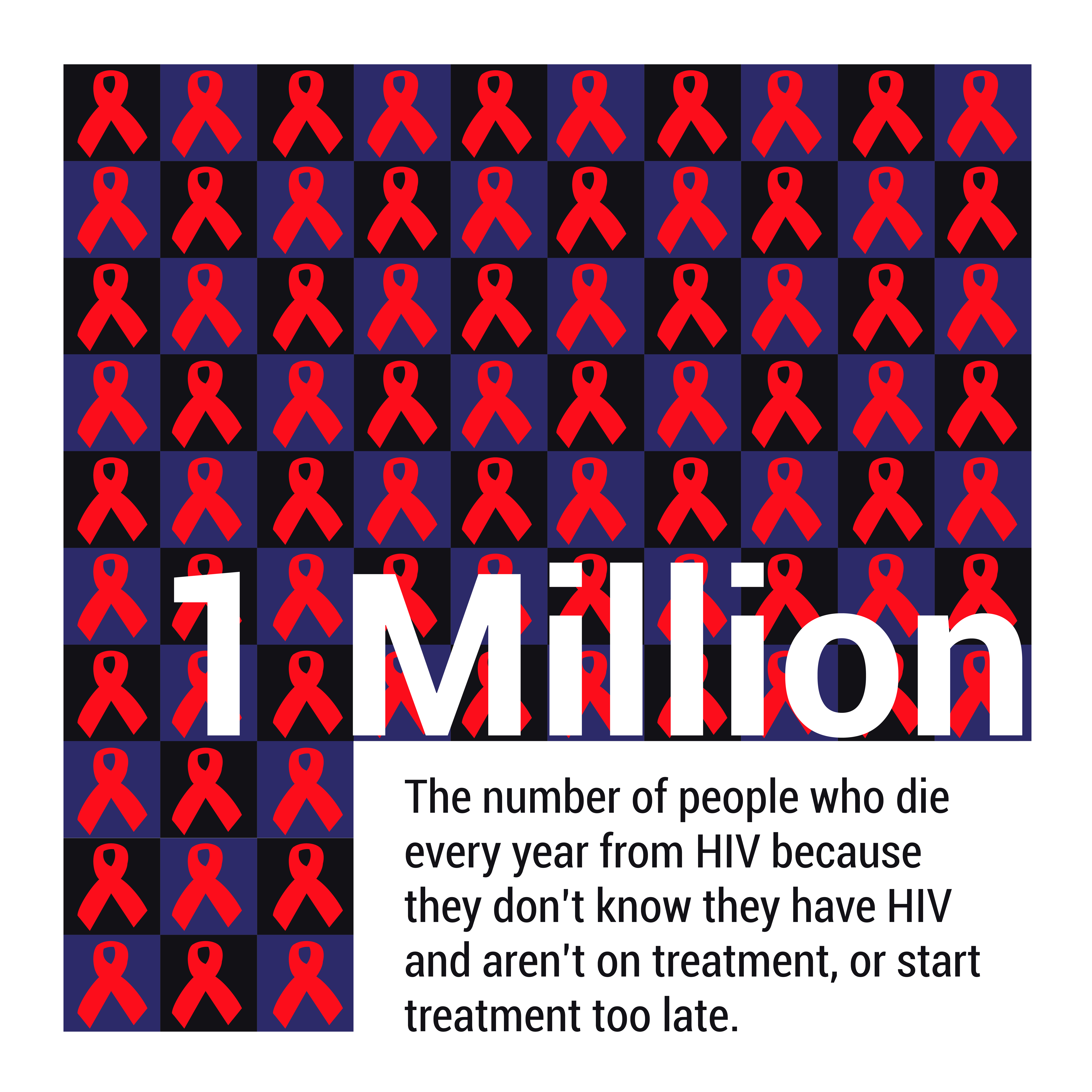By: Mariah Gray
I met the little orphan boy in his home in an Addis Ababa slum. He lived there with his older sister – or maybe she was just a kind town girl that took him in. Regardless, she was young, she was his caretaker, and she was living with Acquired Immunodeficiency Syndrome (AIDS). Despite the risks of transmission, she was also a prostitute – she had no other choice. She used every bit of income she made to buy them food so that they could take their government-provided Human Immunodeficiency Virus (HIV) medication – taking the pills on an empty stomach or in a state of malnutrition made one extremely ill. It was an ongoing cycle of not enough money, too little food, too sick to work, too little money for food, on and on and spiraling down. They were desperate, to the point where an older sister sold her suffering body in order to provide a loved one his life. She was younger than me, faced with one of the hardest choices a woman can ever make, but she is one of the strongest women I know. This experience compares to no other in my life, as did many of the things I saw in Ethiopia.
The latest World Health Organization data from 2016 reveals that 36.9 million people are living with HIV worldwide, 25.7 million of whom live in Sub-Saharan Africa, over 610,000 in Ethiopia, and approximately 200,000 in Addis Ababa. 1.18% of Ethiopians are living with HIV, including a striking 5% of Addis Ababa’s 4,000,000-person population. This far exceeds the Ethiopian Federal HIV/AIDS Prevention and Control Office’s (FHAPCO) definition of a 1.0% prevalence determining an ‘outbreak of the virus.’ And a large number have never been tested for HIV, meaning the current number of positives could be much higher than estimated. It is estimated that 19,743 Ethiopian people die of HIV/AIDS each year, leaving nearly 247,250 children orphaned.
I was in Ethiopia to conduct my Honors Thesis – an autoethnography of cross-cultural barriers to quality health and medical care, the medically underserved, and the significance of cultural competency in Asia, Africa, and America. I am currently a Kent State pre-medical student, graduating this December, and attending medical school at the Northeast Ohio Medical University (NEOMED) next fall. This experience showed me the absolute crucial need for the US to show leadership on the global stage to reach an AIDS-Free Generation. There is only so much workers in Ethiopia can do; they need our continued advocacy and support here at home. Through AMSA’s Global Health Action Committee and AIDS Advocacy Network, I have the chance to make an impact on policy at the national and international levels. It is only through the persistent advocacy of current and future medical professionals that we will ever see an end to this epidemic.
The little boy and his sister in Addis Ababa cannot speak to Senators and Representatives on their own behalf – but I can. This World AIDS Day, with the AIDS Advocacy Network, I will be fighting to increase global AIDS funding through the President’s Emergency Plan For AIDS Relief (PEPFAR) and the Global Fund. I will be raising my voice to oppose the Global Gag Rule – a policy that puts international aid groups at risk of losing funding. And I will be joining medical students and future medical students across the country in calling for an end to AIDS. I hope you will join me!
Mariah Gray is a student at Kent State University. She is the President of the AMSA Chapter at Kent State University and serves on the Steering Committee for the AMSA AIDS Advocacy Network.

